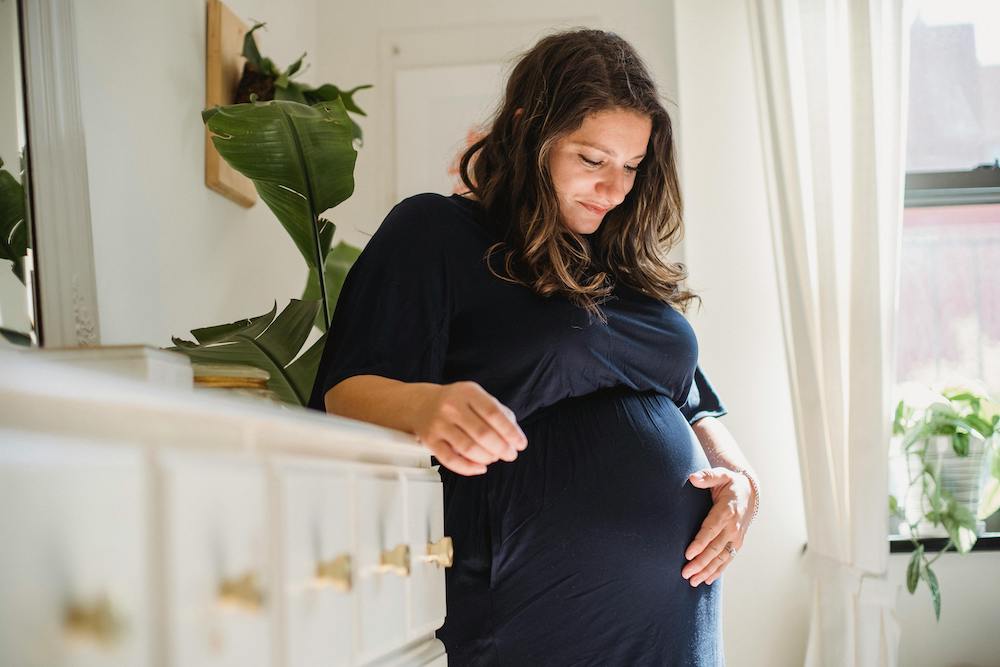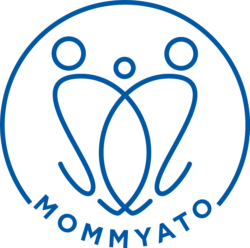
29 Apr Pregnancy and High Blood Pressure: the Warning Signs of Preeclampsia
Hey Mama! May is National High Blood Pressure Education Month with the Centers for Disease Control (CDC). It’s time to focus on the signs of high blood pressure, the risks, and what you can do to avoid it. This is especially important information for pregnant and postpartum women!
High blood pressure during pregnancy is called preeclampsia. Preeclampsia is a part of a spectrum of high blood pressure disorders that occurs during pregnancy: gestational hypertension (high blood pressure during pregnancy), preeclampsia, eclampsia, and HELLP syndrome.
Preeclampsia is a set of symptoms defined by:
- new onset high blood pressure after 20 weeks of pregnancy (in women whose blood pressure was previously normal)
- blood pressure that’s equal to or greater than 140/90 mmHg
- swelling in the hands, feet and legs
- protein in the urine when tested
- visual changes
- headaches.¹
When a pregnant woman has a seizure, this is a sign of eclampsia, which is a medical emergency.
Women can still develop preeclampsia up to 6 weeks after the birth of the baby. This is called postpartum preeclampsia. The warning signs can be slightly different and include difficulty breathing, upper abdominal pain, and nausea and vomiting.
What are the Risk Factors for Preeclampsia?
In the past, preeclampsia wasn’t well understood by the medical community. But now, medical professionals understand that preeclampsia is like a “warning sign” of future heart disease. This is because pregnancy puts stress on the body and high blood symptoms are like a “heads up” that it’s time to make changes to Mom’s lifestyle.
This is also why mothers who are at highest risk for preeclampsia may have:
- high blood sugar or diabetes
- high cholesterol
- history of high blood pressure
- a family history of these conditions
- be overweight or obese.¹
Preeclampsia can have serious effects on your baby’s health. When blood pressure is high, there is less blood supply to the baby. This can lead to babies who are small for gestational age or born prematurely. These two conditions come with their own set of problems for the baby.
You can take charge by knowing your family history of metabolic diseases like high blood pressure, high blood sugar, and obesity. If you are already struggling with these symptoms, reach out to your provider for resources to help shift your lifestyle: work towards a Body Mass Index (BMI) between 19-25, stay active and exercise regularly, and follow a healthy meal plan.
Don’t take on the world all at once. Big gains are made one small step at a time. A 1 degree shift every day leads to a 180 degree shift in just 6 months! You can do it Mama!
REFERENCES:
- Lowdermilk et al. (2016). Maternity and women’s health care. Elsevier Inc.
- National Institutes of Health. (November 2018). About preeclampsia and eclampsia. https://www.nichd.nih.gov/health/topics/preeclampsia/conditioninfo
- Preeclampsia Foundation. (January 2020). What is preeclampsia? https://www.preeclampsia.org/what-is-preeclampsia
- Photo by Amina Filkins: Smiling Pregnant Woman Caressing tummy In House Room. https://www.pexels.com/photo/smiling-pregnant-woman-caressing-tummy-in-house-room-5427247/



